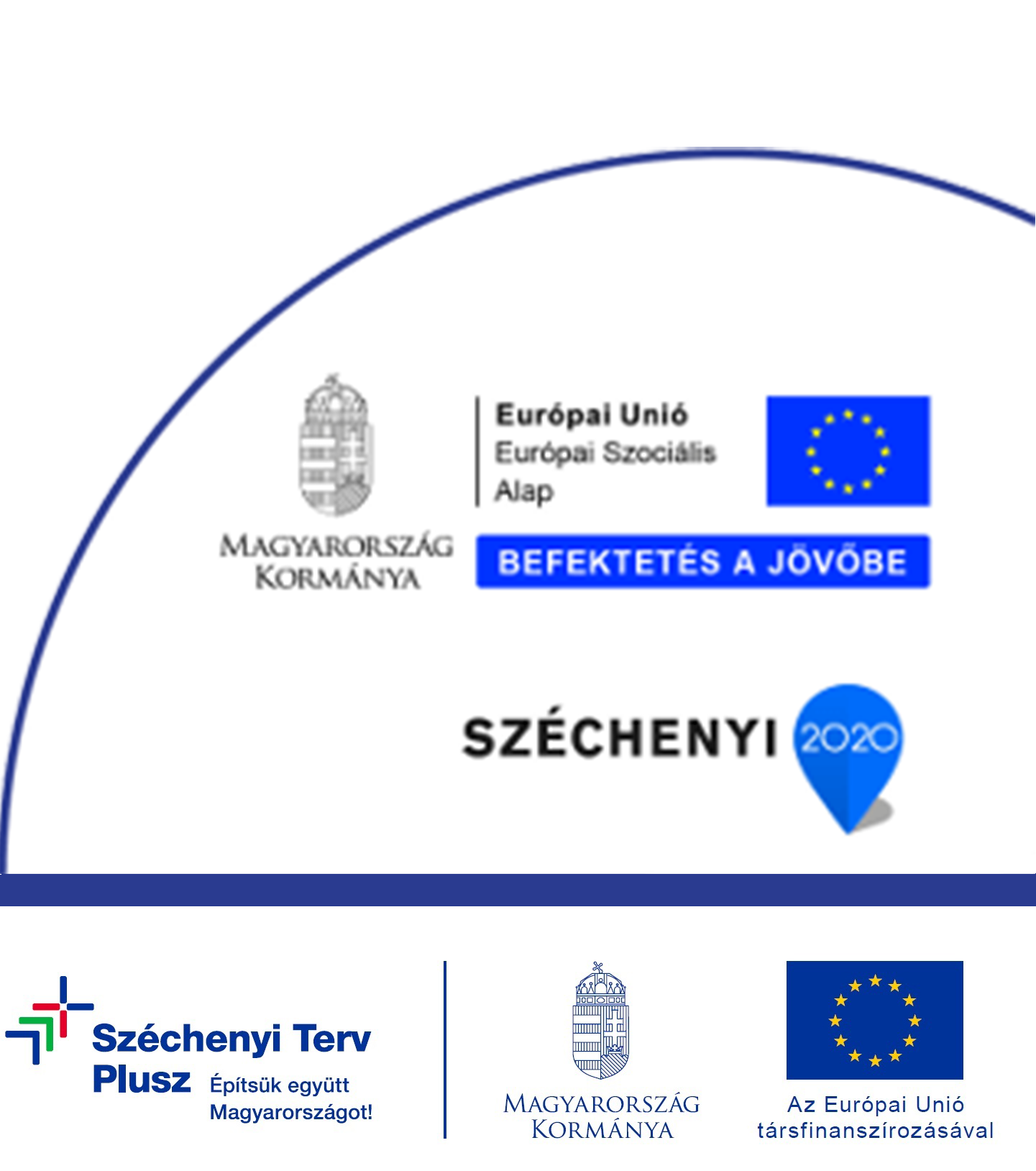In the realm of online transactions, speed is often a top priority for users. The anticipation surrounding how quickly funds can be accessed plays a critical role in shaping user experience. Different options available for moving money have their own timelines and characteristics, making it essential to have clarity on what to expect.
Users frequently establish their expectations based on various factors, including the type of service they engage with and the chosen channel for transferring funds. As individuals become more sophisticated in their financial activities, understanding the nuances of these channels enhances their overall satisfaction. This article seeks to provide insights into the timelines associated with different transfer selections, allowing users to make informed decisions.
For those using online platforms, it’s crucial to consider not just the speed of transfer, but also the reliability and convenience of the options available. By evaluating these elements, users can optimize their financial experiences and reduce potential frustrations. Let’s explore the landscape of transfer opportunities to better understand how they align with user expectations.
Comparing Instant Payment Options: E-Wallets vs. Cryptocurrencies

The growing popularity of alternative financial solutions has led to a fascinating comparison between e-wallets and cryptocurrencies. Users are increasingly setting high expectations regarding transaction times and convenience. Both options offer unique features, which can significantly influence user experience.
E-wallets have gained traction due to their user-friendly interfaces and swift processing times. They are designed for seamless integration with traditional banking systems, allowing users to transfer funds efficiently. Many individuals appreciate how easily they can manage their accounts from mobile devices, enhancing overall satisfaction.
On the other hand, cryptocurrencies present a different approach. Utilizing decentralized technology, they often promise real-time transactions without the need for intermediaries. This independence can sometimes lead to fluctuations in processing times based on network congestion. Nevertheless, the allure of enhanced privacy and security makes them an appealing choice for certain users.
When evaluating efficiency, e-wallets typically provide quicker access to funds, aligning well with the demands of modern consumers. Conversely, cryptocurrencies might require a learning curve for those unfamiliar with blockchain technology, but they offer a unique alternative that may cater to tech-savvy individuals.
In conclusion, both e-wallets and cryptocurrencies have their own advantages and challenges. Understanding these differences empowers users to choose the option that best aligns with their expectations and preferences in terms of performance and ease of use.
Evaluating Traditional Banking Withdrawals: Wire Transfers and Checks

In the realm of finance, traditional banking methods such as wire transfers and checks remain popular choices. Understanding the nuances of these techniques can significantly influence user experience and overall satisfaction.
Wire transfers are often viewed as a swift and reliable method for transferring funds. These transactions typically process within one to three business days, depending on the banks involved. However, users may face additional fees that can affect their overall cost. The direct nature of wire transfers often appeals to those who prioritize a straightforward approach.
On the other hand, checks present a more traditional option. While checks can offer a sense of security, they may require more time for processing. Recipients often need to endorse the check and deposit it into their accounts, which can lead to delays in accessing funds. This method can feel less efficient and might impact the user experience negatively for those accustomed to quicker transactions.
Both methods carry their own advantages and challenges. Some users might prefer wire transfers for their speed and safety, while others may opt for checks due to their familiarity and perceived control. In the context of thechatshop.com, understanding these options can help players make informed decisions about their cash-out preferences and enhance their overall experience.
Identifying Factors Affecting Processing Times: Fees and Limits
Understanding the various elements that influence the duration for completing transactions is vital for users managing their finances. Two major players in this landscape are processing costs and withdrawal thresholds. Their roles in determining anticipated timing cannot be underestimated.
Processing fees can vary widely depending on the channel utilized. Some institutions impose charges that might slow down the movement of funds, while others might offer more streamlined options at a premium. Here’s a breakdown of how fees can impact transaction flow:
- Higher fees might lead to quicker processing as institutions prioritize transactions that yield greater revenue.
- Lower-cost options may introduce delays as they lack the same priority level.
Another significant factor is the imposed limits on transfers. These restrictions can dictate how much can be accessed at a time and influence user satisfaction levels. Key aspects include:
- Daily or weekly withdrawal caps which can extend the duration required to receive larger sums.
- Minimum amount requirements that might complicate small transactions, creating additional steps for users.
Ultimately, both fees and limits are instrumental in shaping users’ expectations regarding how swiftly they can access their funds. By being aware of these elements, individuals can better strategize their financial operations and select the most appropriate channels for their needs.
Understanding Regional Differences in Payment Method Efficiency

The landscape of banking differs significantly across regions, influencing user experience in financial transactions. Variances in infrastructure, regulatory frameworks, and consumer preferences lead to distinct processing times for different services.
In some areas, local institutions may offer rapid transfers, while others could see delays due to traditional methods still in use. For instance, regions with advanced banking technology often experience swift transactions, enhancing overall user satisfaction.
User behavior is also impacted by the perceived efficiency of available options. In markets where instant transfers are common, customers may gravitate toward those solutions, expecting immediate results. Conversely, in less connected regions, users may be accustomed to slower interactions, often accepting longer wait times as a standard practice.
The integration of emerging technologies continues to reshape how people conduct financial activities. As new methods gain traction, it is essential for providers to keep pace with consumer demands to maintain a positive experience.
Understanding these differences is key for businesses aiming to optimize their services globally. By considering the unique needs and expectations of users in various locales, firms can enhance their offerings, ensuring that their customers receive the most satisfactory transactions possible.
Q&A:
What are the common payment methods analyzed for withdrawal speeds?
The article examines several widely used payment methods, including credit cards, bank transfers, e-wallets, and cryptocurrencies. Each method has distinct characteristics that influence its withdrawal speed. For example, e-wallets typically allow for faster transactions compared to traditional bank transfers, which can take several days to process.
How do withdrawal speeds vary among these payment methods?
Withdrawal speeds can differ significantly between payment methods. E-wallets like PayPal and Skrill often provide near-instant withdrawals, allowing users to access their funds almost immediately. Credit cards might take a couple of days, while bank transfers can take anywhere from 3 to 5 business days, depending on the banks involved. Cryptocurrencies may offer fast transaction times, but the speed can vary based on network congestion and transaction fees.
What factors contribute to the varying withdrawal speeds of these payment methods?
Several factors affect withdrawal speeds. These include the processing time of the financial institution, the verification requirements of the payment method, and the time of the transaction. For example, if a transaction is initiated during a bank’s non-business hours, it may take longer to process. Additionally, regulatory compliance checks can also delay the withdrawal experience.
Are there any risks associated with using certain payment methods for withdrawals?
Yes, there are risks tied to different payment methods. For example, e-wallets can be vulnerable to hacking if not properly secured, while bank transfers might involve delays due to fraud prevention measures. Cryptocurrencies face unpredictability due to market volatility, which can impact the amount received when converting to traditional currency. It’s crucial for users to weigh these risks against their withdrawal needs.
How can users choose the best payment method for their withdrawal needs?
Choosing the best payment method depends on several factors, including withdrawal speed, fees, and personal convenience. Users should consider how quickly they need access to their funds, any associated transaction fees, and their comfort level with each method’s security. For instance, someone needing immediate access to winnings might prefer an e-wallet, while those prioritizing lower fees might lean towards bank transfers.

